Interview with Tim Booth About His Experience of Book Publishing
As the first episode of our new blog series which called “The Book Publishers”, we had the chance to ask Tim Booth about his book publishing experience.
Tim Booth’s easily recognisable shooting style echoes across both his portraiture and more recent landscape work, deceptively simple and shunning unnecessary elaboration, his photographs are often both profound and affecting.

Why did you decide to publish a book?
I guess there are a few reasons why I decided to publish A Show of Hands as book, though the foremost would be that I wanted as many people as possible to be able to see the collection. An exhibition only shows the images to a relatively few localised people, whereas I’ve been able to send my book all over the world to customers. I always get a buzz when I sell in New Zealand or Argentina to people who would never have seen the images otherwise. The internet is of course great for showing work worldwide but it’s a fleeting medium and lacks personality and depth. To sit looking at a well printed image and to be able to read the story behind the hands, in peace and unpressurised by time, can’t really be beaten.
Creating such a book takes time and effort. For how long have you been working on your book and how did you manage your time?
Creating a book is certainly a very lengthy and involved process. I spent many, many years photographing hands, so the process of putting the book together seemed to be quite quick to me in comparison, I think it took about a year from deciding I was going to do it until the final book was in my hand. As for time management I have to admit it was not so much managed as grabbed whenever I had moments to spare. There are so many aspects in book production to get your head round and like most photographers I’m a perfectionist, so I can’t say it was speedy.
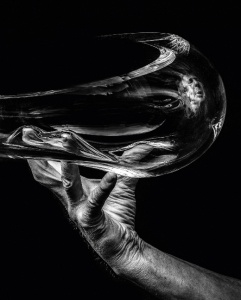
To whom do you make this book?
Who did I make this book for? That’s a very good question and not one I’ve been asked before. There’s certainly no altruism in publishing a book, so whilst it’s dedicated to my family for putting up with me, ultimately it’s a personal marker, a line in the sand if you will. Here’s something tangible and solid that I’ve created, so it’s sort of “What do you think of it?” Whilst I very much hope people enjoy it and get something out of it, it would be dishonest not to say that publishing a book, any book, is vanity
Where can we get one?
Superb question. I sell them from my website. I used to sell them through Amazon but that’s not an experience I wish to repeat. If anyone out there is thinking of listing their book with Amazon I would urge them to do a little research and asking around before leaping in.
Do you think that your audience will get a different viewer experience trough your book than in your exhibition?
Oh very much so. Not simply because it’s right there and you can re-visit it time and time again which you obviously can’t with something as transient as an exhibition, but also because it has personality. The book a Show Of Hands is not really just a collection of photographs but of stories. I interviewed everyone I photographed to get them to tell me about their hands and their text, which is often moving and always interesting, accompanies the images. There’s also a flow to the book which you simply wouldn’t experience wandering around a gallery. When you sit and look through it you get the satisfyingly tactile experience of touching the images, flicking back and forth, it’s a totally different experience from staring up at a wall.
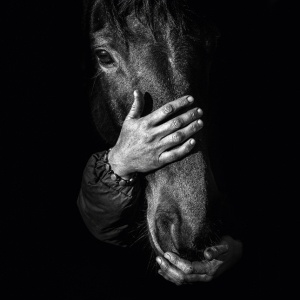
Do you sell more artworks after publication?
I’m not sure that I did actually. Unless you’re a collector, having the book in your house means you can return to your favorite image whenever you like. Wanting to own and look at a Limited Edition fine art print is a very different buying decision to wanting to own a book. It may be that for some people producing a book leads to extra print sales but in my experience Exhibitions sell prints and books sell more books.
Are you planning more books in the future?
I certainly am, not only is it rather addictive, it’s also such a lovely way of showing your work. My current project, and next book, is on Circus. I’ve no idea when it will be complete as my journey towards completing a personal art project doesn’t follow a mapped path. When I think I’ve gathered enough images that say what I want to say and I think the collection is powerful enough to merit it, I’ll start putting the book together. Next year I’m exhibiting the collection so (this year’s exhibition was cancelled due to the pandemic), but an exhibition only shows about thirty to forty images, I won’t begin to approach a book until I have nearer a hundred.
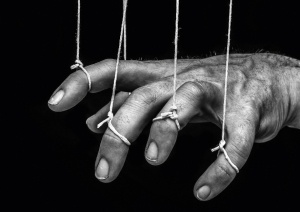
How do you organize the marketing efforts for your book?
Well when it comes to marketing and self-promotion, I have to admit I’m absolutely hopeless. I hate blowing my own trumpet, so I had to hire someone to blow it for me. I engaged a PR company that specialised in photography and they did a great job of spreading the word. Of course, if you’re a whizz at Instagram and any of the other social networks out there, they can be pretty effective at spreading the word, though how well they actually convert into book sales I couldn’t say. My area of expertise is taking photographs and I’m a great advocate of using professionals in their field. Much as whilst I’ve spent a lot of time in the darkroom over the years, I wouldn’t dream of saying I can print as well as a professional printer who lives and breathes their art. It’s still of course worth doing your own promotion, but unless it’s your forte I’d leave it up to the professionals.
Do you co-operate with other authors in terms of selling/marketing your book?
Well now you’ve got me, that’s not something that ever crossed my mind! I’m not entirely sure how that would work, as I would imagine that anyone who is wanting to sell their book wouldn’t want to dilute the waters by promoting someone else’s. Then again a good self-marketing idea could run me over in a truck and I’d still fail to notice!
What was the most challenging task about publishing your book?
The most challenging task? I’m afraid that’s going to be rather ab nerdy answer. I’m very much into blacks and as I shot the whole collection in natural light, getting the blacks where I wanted them to be was a challenge. I had to be very careful with them as printing heavy blacks can be problematic in a chunky book and as a photographic book is obviously nothing without excellent prints I was very wary of not over-doing it. There were many other hurdles such as flow, design and editing, but I’d have to say that getting the final proofs to be as I wanted them was the one that weighed heaviest on my mind. Fortunately I had a tremendously talented and helpful printing company that held my hand through it all.
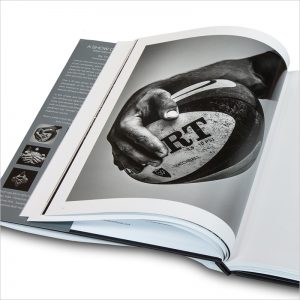

“What might be worth mentioning to anyone who has a collection of work they want to get ‘out there’ is that it’s worth thinking very carefully what your goal is. Producing a book is very satisfying, but not cheap, either in time or money. Photography books are not like Harry Potter, it’s a small market and whilst there may be seven billion or so people out there, the percentage of them who want to buy a photographic book is very, very small. Do it because you have to, not because you think you’ll be able to retire on it. On the upside, thanks to the fact that you can know print so much cheaper than in the past, I worked out it was cheaper to produce a beautiful book you can sell worldwide than to put on an exhibition you can show to a few hundred people. I’m rather particular about glass and materials when it comes to framing so it was no surprise to discover that my rather modest forthcoming Circus exhibition was going to cost more to produce than a book! They say the best way of becoming a millionaire photographer is to start off as a billionaire, so do it for the love of the art, not for the bottom line.” – Tim













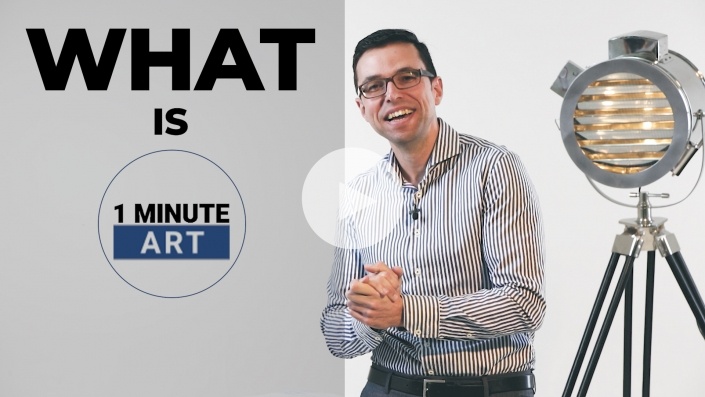

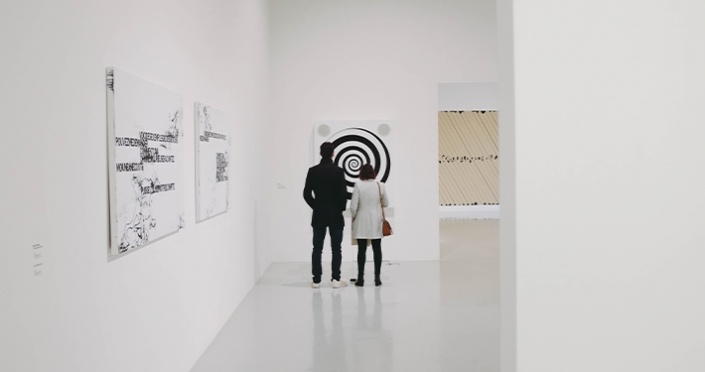


Leave a Reply
Want to join the discussion?Feel free to contribute!